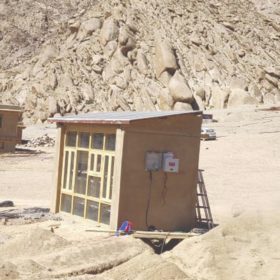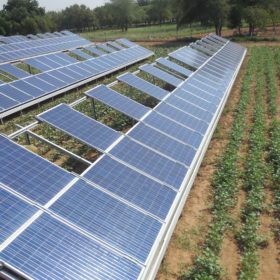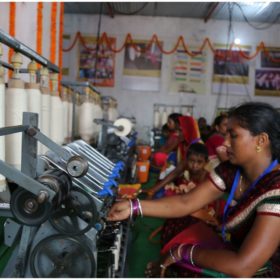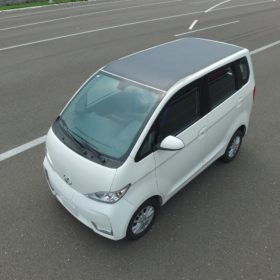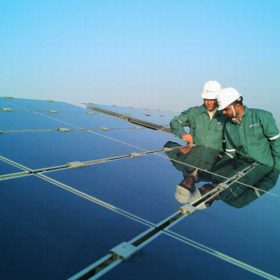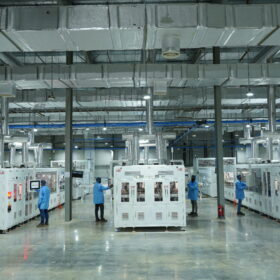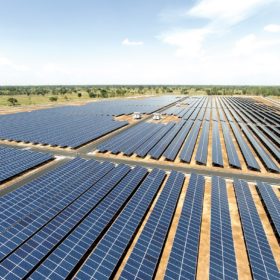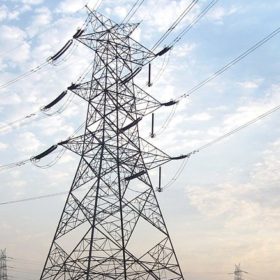MNRE refutes CRISIL report casting doubt on achievement of ‘175 GW by 2022’ target
“The CRISIL report is neither factually correct nor takes into account initiatives taken by the MNRE to facilitate accelerated development and deployment of renewable energy in the country. India will not only meet 175 GW target but exceed it by 2022”—stated the ministry.
CSIR-CMERI develops solar artifacts
The aesthetically appealing 1 KWp, 3 KWp and 5 KWp artifacts can be installed at public places like beaches and parks to provide electrical power for different loads.
Visaka’s solar roofing to power battery houses for Indian Army in Ladakh
The solar battery house—an innovative design by education reformist Sonam Wangchuk—will shelter soldiers of the Indian Army from the extreme Ladakhi winters.
Jodhpur agrivoltaic pilot project replicated
Research institutes have moved quickly to emulate the successes observed in a test installation at Jodhpur as India races to meet an ambitious target of doubling agricultural income by 2022.
India prepares to embrace agrivoltaics
Take-up has been slow considering the nation’s mammoth agricultural industry but, as a packed session on the topic at the recent REI show illustrated, attitudes may be changing in a nation which is already installing solar greenhouses.
India gifts solar rooftop to United Nations
The $1 million Gandhi Solar Park was an attempt to signal to the world India is committed to renewable energy. The 50 kW array features one panel for each UN member state.
Financing solar powered appliances for rural livelihoods
Rural micro enterprises in India suffer as financiers perceive lending for solar powered livelihood appliances as risky, owing to a lack of understanding of the technology and the viability of these enterprises—says a report by India’s Council on Energy, Environment and Water which also makes recommendations to improve the economic viability of financing for these products.
Hanergy touts solar powered car that can run 30 days without charging
The Chinese thin-film manufacturer and compatriot carmaker Joylong Automobile applied thin film cells to the roof of a small commercial vehicle which was tested for a month. Hanergy says its K-Car could offer an effective daily range of 50-100km without charging.
Trina opens trade show by announcing more than 4 GW of module shipments to India
The Chinese manufacturer claims to be the first company in the nation to supply that volume of solar modules. The news is unlikely to be welcomed by a government desperate to foster its own solar manufacturing sector.
Uttarakhand invites EoI for off-grid solar plus battery projects
The projects—in various capacities ranging between 1 KWp and 25 KWp—are to be set up across the state. Proposals can be submitted till October 4.


